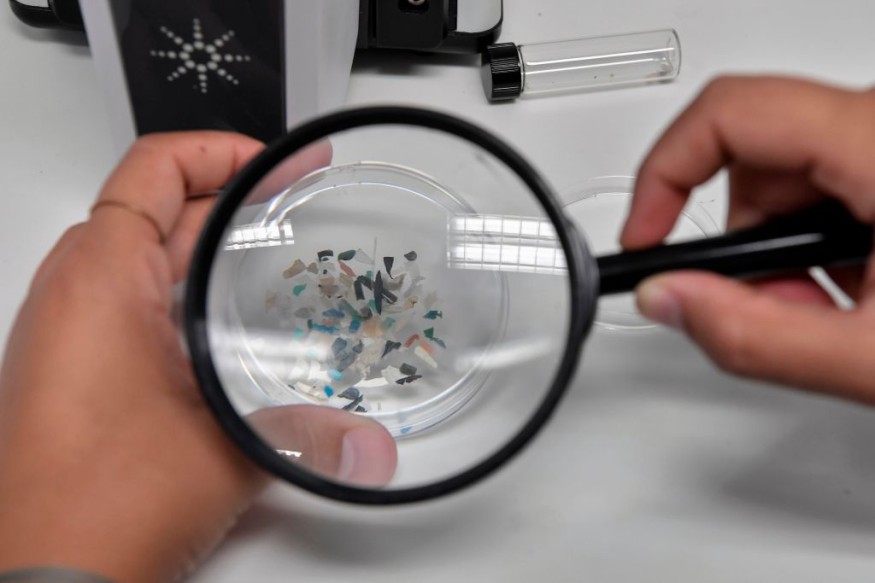Microplastics are fragments from plastics broken down into extremely small pieces or particles.
A product of plastic recycling, disposal, or burning, microplastics poses a biological and environmental threat. This has been evident since the onset of plastic consumerism over the past century.
California is the first US state to engage in a strategy of microplastic cleanup to fight against microplastic pollution.
Although the strategy is expected not to absolutely eradicate all plastics in the state, it will focus on plastic recycling and the prevention of further microplastic and plastic pollution.
Microplastic pollution has led to the inhalation of these microparticles by animals and humans.
The excessive amount of microplastics on Earth is a result of a large gap between disposed plastics and recycled plastic, wherein only a few plastics are being utilized again.
Microplastic Pollution

According to The New York Times, microplastic pollution has been a growing global challenge, and microplastics can be found in our gut, in the ocean, and floating in the air.
In the United States, California is said to be the first US state to adopt a comprehensive strategy against microplastic pollution.
Microplastics are not only found in California's coastal areas but also inside its waterways.
For years, multiple studies have shown that the microparticles can also be inhaled by animals and humans, which can eventually reach the tissues and organs.
In a separate study published in the journal Microplastics and Nanoplastics in September 2021, researchers found there were approximately 24.4 trillion pieces of microplastics found across the world's ocean.
However, the study claims the exact amount of microplastics can be higher.
Moreover, in a related study published in the journal Environmental Pollution on November 2021, scientists have detected the presence of nano plastic particles were found in the snow in the high-altitude areas of the Alps mountain, indicating that plastic particles can travel long distances.
California's New Strategy
In February, the California Ocean Protection Council (OPC) approved the strategy to monitor and reduce microplastics throughout the state.
The strategy is reported to be non-regulatory but the OPC aims to mitigate or remove microplastics in the state between 2022 and 2030, as per The New York Times.
The strategy reportedly consists of 22 actions, including preventing plastics from entering the environment.
In particular, some of the primary objectives of the strategy are limiting the use of single-use or one-time-use plastic materials, including plastic plates, spoons, forks, and cups.
The strategy will also ban certain plastic product materials in the state. It will also require the inhabitants of California to purchase reusable plastics.
The leading sources of microplastics are cigarette filters, single-use plastic food-ware, tires, and synthetic textiles, according to the OPC as cited by The Guardian.
Furthermore, the OPC will use the microplastic cleanup strategy to educate the public about the challenges surrounding the biological and environmental repercussions of microplastic pollution.
Overall, the strategy aims to prevent further plastic or microplastic pollution.
Related Article : The Highest Microplastic Air Pollution Award Goes to London
© 2025 NatureWorldNews.com All rights reserved. Do not reproduce without permission.





